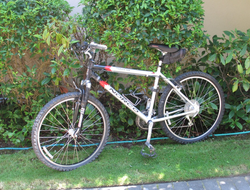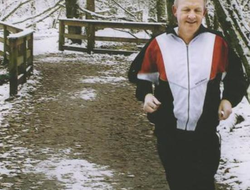Physical Activity and Exercise
Published: June 26, 2020
Technology and machines have made our lives easier, but at the same time they encourage us to be less physically active.
Up until the middle of the 20th century owning a car was the exception rather than the rule and people were more physically active just going about their daily activities.
Today, even small technological inventions, such as TV remote controls, encourage us to remain seated instead of moving our bodies.
Computer orientated work, computer games, the internet and facebook all invite a sedentary lifestyle.
We need to be more physically active because participating in regular physically active is associated with positive health outcomes; physical, physiological, and psychological.
A sedentary lifestyle is associated with negative health outcomes.
Physical activity and exercise are often used interchangeably, but refer to different types of activity because the intended outcomes are different.
Whether you participate in regular physical activity or regular exercise, potential health benefits can include:
Decreased risk of:
And:
- Improved blood lipids (increased high density lipoproteins and decreased low density lipoproteins)
- Arthritis: improved mobility
Psychological benefits include:
What is physical activity?
Physical activity is any movement of the body which occurs when muscles contract that significantly increases energy expenditure.
Climbing stairs significantly increases your energy expenditure over taking the elevator and even getting up from the couch to change TV channels requires many more of your muscles to contract than using the TV remote control.
What is exercise?
Exercise is usually planned, structured and repetitive physical activity that is intended to improve or maintain physical fitness.
Physical fitness is applied to a particular set of attributes and can be health related or performance (work or sport) related.
Health related attributes include cardiovascular fitness, muscle strength, muscle endurance, flexibility, and body composition.
Physical Activity Recommendations
Current recommendations for adults 18+ are at least 150 minutes of moderate to vigorous aerobic physical activity per week.
Children should aim for 60-90 minutes of physical activity per day.
Physical activities which strengthen muscle and bone, and improve flexibility should also be included. More physical activity improves health outcomes.
There are many types of physical activities that can benefit your lifestyle and health. Activities can be planned for specific times or can be fitted into your daily schedule.
References
1.
Corbin, C.B. & Lindsey, R. (1994). Concepts of Physical Fitness. Madison, WI: Brown & Benchmark
2.
3.


